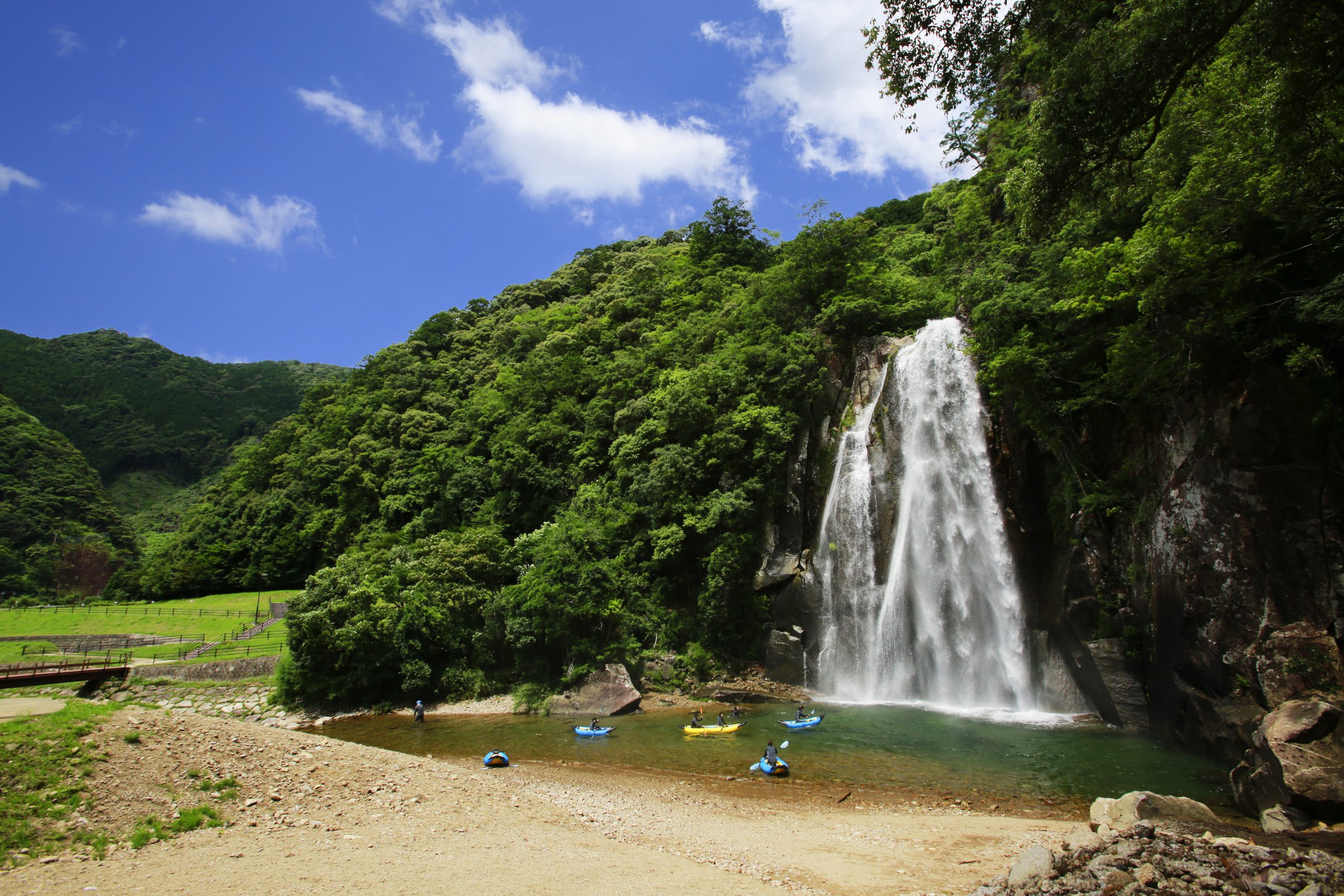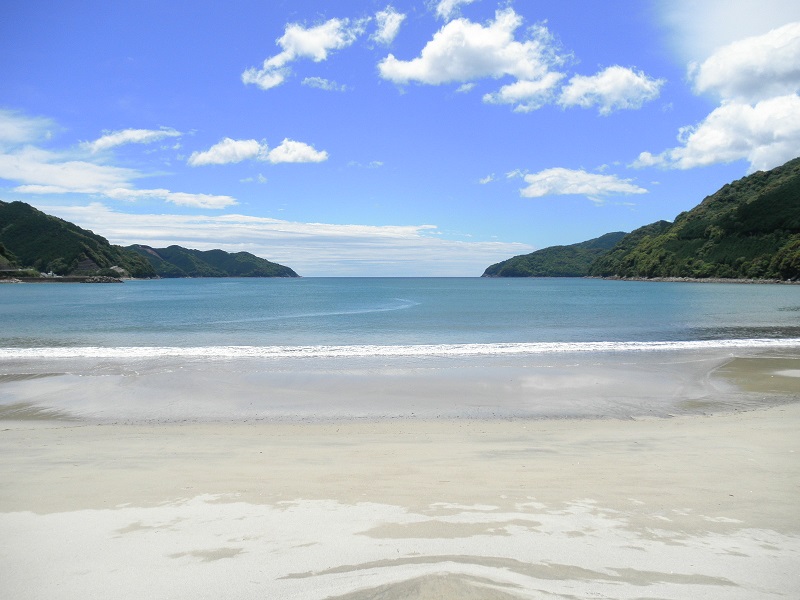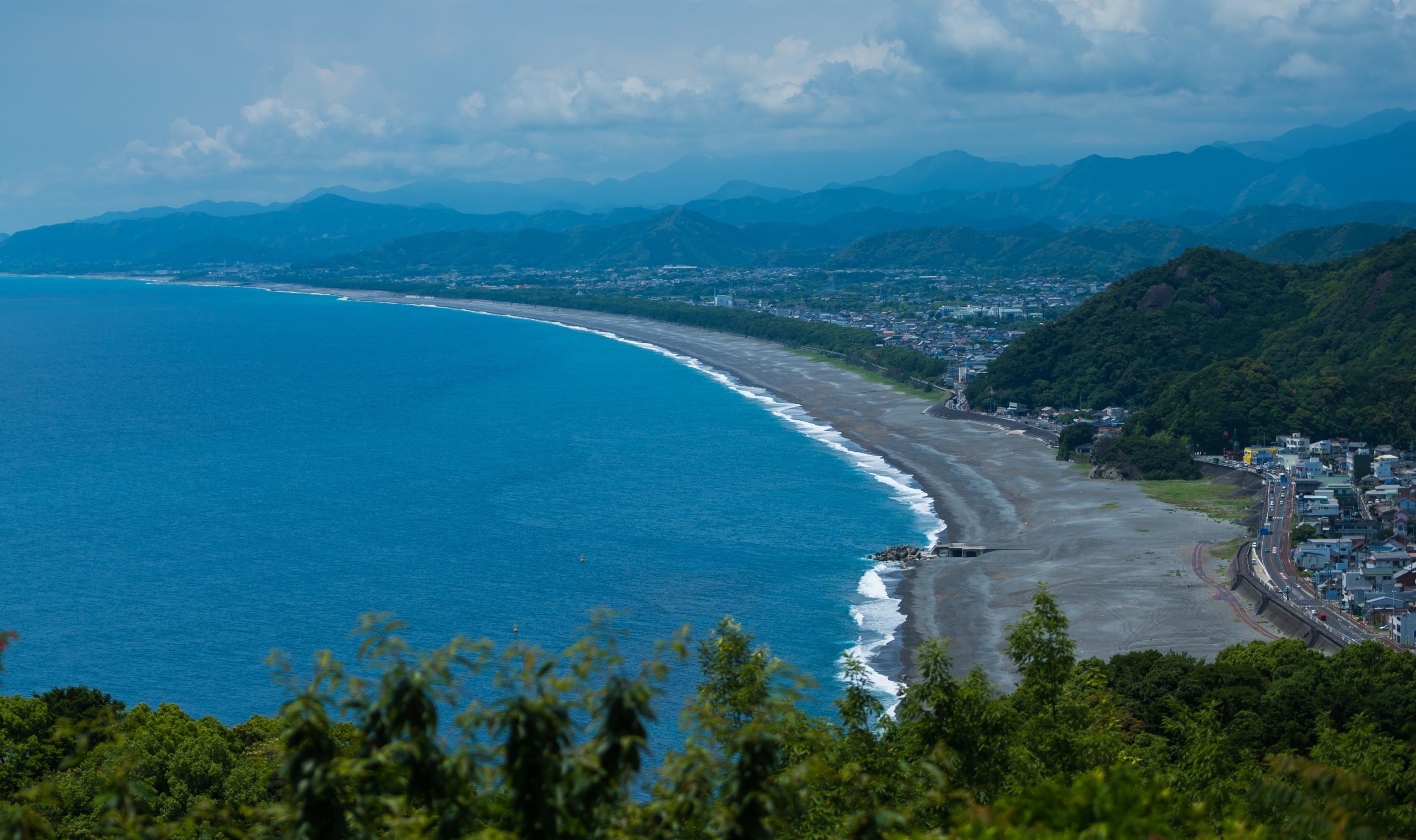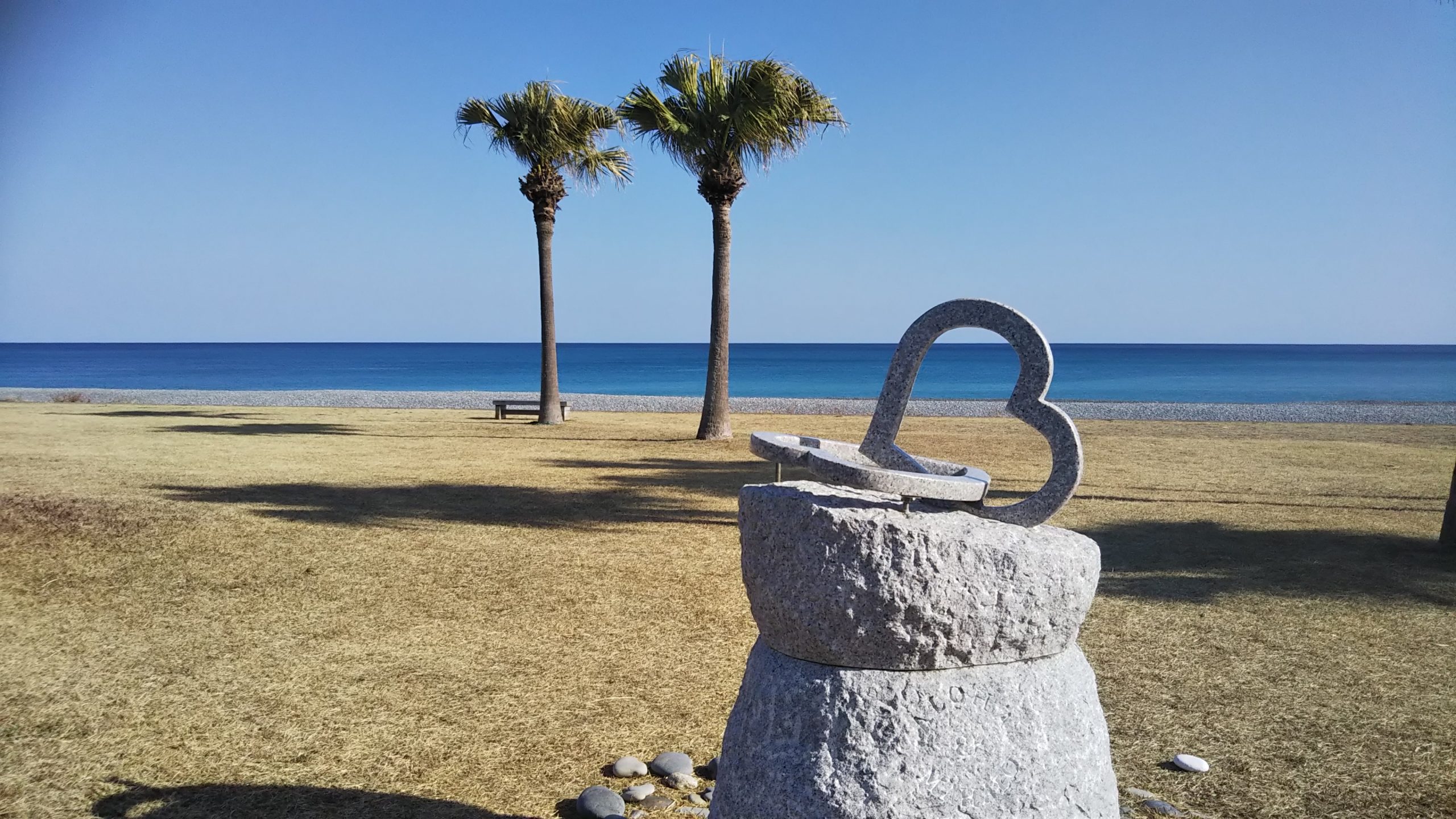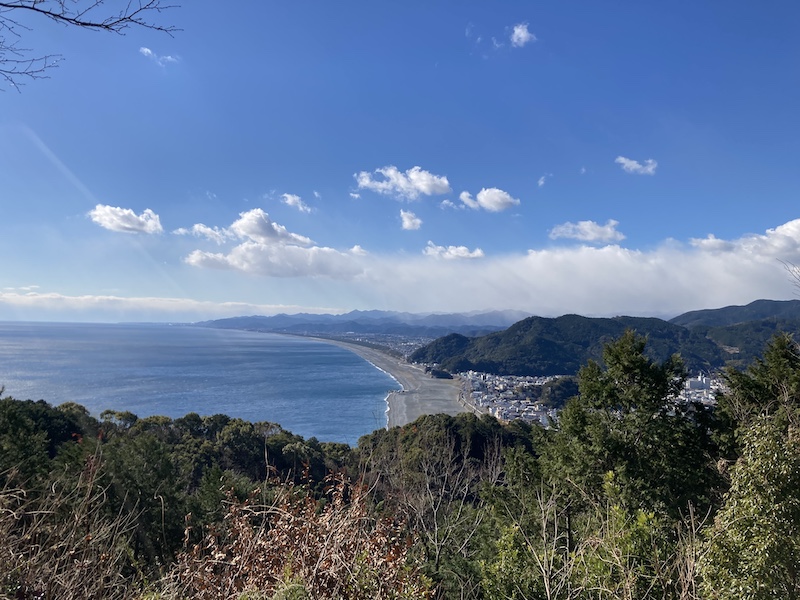Bounty of the Seas
Update:
Kihoku Town
Owase City
Kumano City
Mihama Town
Kiho Town
The Higashikishu region has strong connections with the sea, with its beautiful Kumano-nada and intricate ria coastline providing a rich fishing ground.
The variety of seafood is abundant and locals often engage in conversations about which fish is best to eat during each season.
From the many seafoods, we will introduce unique items that are exclusive to Higashikishu, such as various types of shrimp, Watari Kaki (Oyster) grown in brackish water lakes, Karasumi (bottarga) one of Japan’s three delicacies, and the distinctive-looking fish, Manbo.
▼INDEX
1 Various types of shrimp
2 Watari Kaki (Oyster)
3 Karasumi (Bottarga)
4 Manbo (Ocean Sunfish)
5 Sanma-Maruboshi (Dried Saury)
1 Various types of shrimp
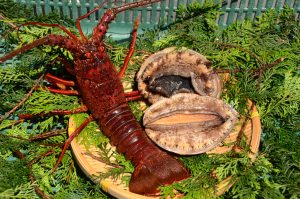
Kumano-nada is a source of various shrimp species that are not commonly available in the market, including Gas shrimp, Oni shrimp, and Uchiwa shrimp.
Oni shrimp boasts a concentrated shrimp flavor and can be grilled or boiled to perfection.
Moreover, the leftover shells can be crushed to create a rich broth that works well as a pasta sauce or in other dishes.
However, the hard and spiky shell of Oni shrimps can cause discomfort if peeled for too long.
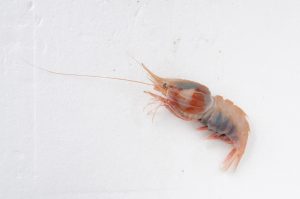
Despite the inconvenience, this shrimp’s irresistible flavor makes it hard to resist.
While Ise spiny lobster is undoubtedly delicious, the seafood that locals can’t resist bragging about may not be exactly what outsiders imagine.
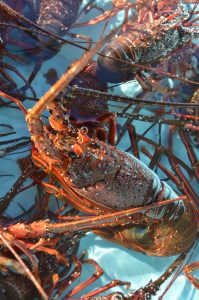
2 Watari Kaki (Oyster)
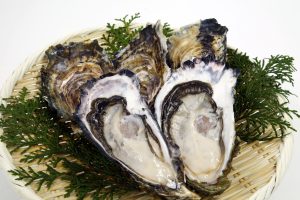
Oysters are a popular winter seafood, and in Kihoku-cho, there is a unique variety called Watari Kaki (oyster) that grows in Lake Shirakishi, a brackish lake.
Due to its low production volume, it is also known as the “phantom oyster.”
Lake Shirakishi is a blend of the riches of the Odaigahara mountain range transported by the Funatsu-gawa River and the gorgeous Kumano-nada seawater.
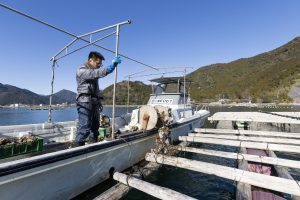
Despite the oyster’s slow growth and small size due to high winter water temperatures, it boasts a rich and sweet flavor without any peculiar taste due to its low salt concentration.
It is available for consumption from around November to mid-March each year, but it is said to be most delicious around February when the cold becomes severe.
As there are various ways to savor Watari Kaki, it is recommended to try them at restaurants specializing in Watari Kaki dishes during the winter season.
3 Karasumi (Bottarga)
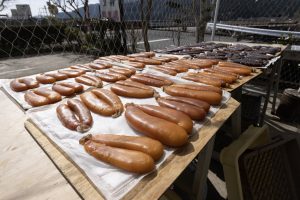
Higashikishu is blessed with abundant seafood, and offers a wide variety of processed foods, including dried seafood.
One of these is the premium ingredient karasumi(bottarga).
Although considered one of Japan’s three greatest delicacies, it originally came from the Silk Road and is said to have been developed in Turkey and Greece.
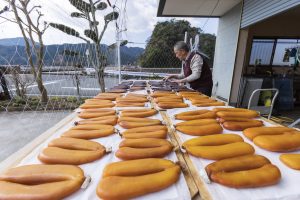
To create karasumi, the roes of mullet are removed, blood is drained, and then they are salted.
After soaking in water to remove impurities, they are dried.
However, creating it properly is difficult, and there are only a few producers, making it a very expensive food.
While not an easily affordable dish for all locals, the flavor and aroma of karasumi leave a strong imprint on your taste memory.
Served thinly sliced with sake, it has a rich texture similar to cheese, a unique aroma, and just the right amount of saltiness that makes you want to drink more than usual.
In addition, karasumi has potential as a cooking ingredient, beyond being a delicacy.
For instance, you can sprinkle lightly seared karasumi flakes on top of rice to make onigiri or use it in pasta for a unique taste experience.
4 Manbo (Ocean Sunfish)

Here’s another unusual food item. In Kihoku-cho and Owase City, people enjoy eating a fish called Manbo which has a round and peculiar shape.
Since Manbo has a high moisture content, it is common to either stir-fry or boil it and then drain the excess water.
The amount of water drained may vary depending on the household or restaurant, but it is important to remove enough water to prevent the characteristic odor of Manbo from becoming too strong when cooked.
After that, the fish is hand-broken into the desired size.
The key is to avoid breaking it down too much since it shrinks when cooked.
There are several ways to prepare the Manbo fish, including vinegar miso dressing, plum dressing, fried, tempura, and meuniere.
However, a highly recommended local specialty is the Kimo-iri, or boiled and seasoned Manbo liver.
To make it easy to eat, the liver is hand-broken into bite-sized pieces along the fibers without using a knife, quickly boiled, and drained of excess water.
The liver is then placed in a pot and cooked.
Once the oil starts to come out of the liver, it is mashed and slowly roasted with miso and sugar (roughly the same amount as the liver).
Then, it is mixed with boiled Manbo meat and ready to serve!
Reportedly, fishermen invented Kimo-iri to make a knife-free dish that can be prepared on board.
5 Sanma-Maruboshi (Dried Saury)

Higashikishu is known for its numerous dried fish products that make the most of the region’s rich seafood resources.
These products are sold not only locally, but also in urban department stores and even by businesses that receive orders from all over the country.
Until a few years ago,, the iconic dried seafood of Higashikishu was Sanma-Maruboshi (Dried Saury).
While saury is often considered an autumn delicacy, in this region, it was mainly caught from November to around March as it migrated southward from the Tohoku region.
The saury caught here was not as fatty as those caught in Hokkaido, but rather had the right amount of fats removed, making it suitable for drying or for making Sanma Sushi.
However, in recent years, it has become a rare and valuable fish as it has become increasingly difficult to catch.
Local fishermen attribute this to the rise in seawater temperature, which has also led to changes in the types of fish being caught.
With significant shifts happening in the environment surrounding the fisheries industry, all those involved in the sector—from fishermen to individuals in aquaculture, processing, and even chefs—are constantly exploring new possibilities.
These include effectively utilizing underutilized fish, cultivating new marine products, and experimenting with new cooking methods.
We invite you to visit Higashi-kishu, enjoy its pristine sea, and relish in the abundance of its marine bounty.


